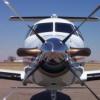
Sign in to follow this
Followers
0

FSX-MS Any landing tips for the A2A C182 (and 172)?
By
~Craig~, in MS FSX | FSX-SE Forum


By
~Craig~, in MS FSX | FSX-SE Forum